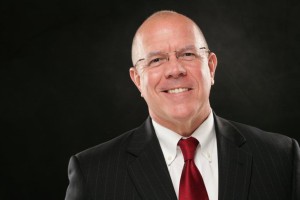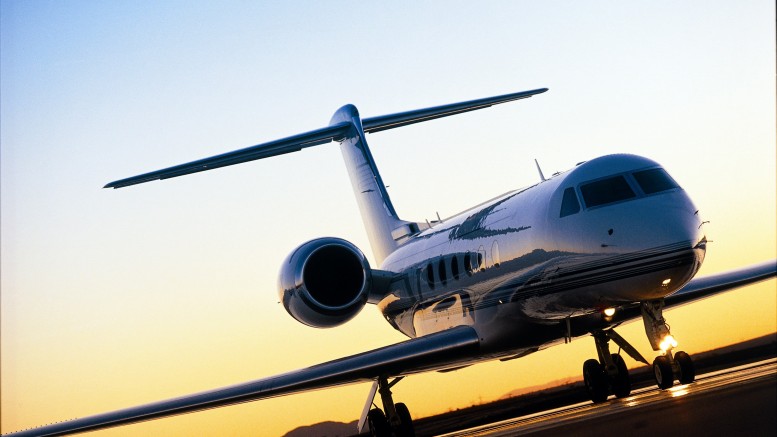Now that 2015 has come to an end, it is a good time to reflect on what has happened in the aerospace cluster over the past year. The momentum South Carolina built this year resulted in a myriad of activities, but there are three areas of advancement worthy of special attention.
Higher education.
At the University of South Carolina, The McNAIR Center for Aerospace Research & Innovation officially opened its doors in 2015. The Center received funding from visionary businesswomen Darla Moore, Anita Zucker and Marva Smalls to launch a state-of-the-art laboratory and education center. In August, the Center inked a research agreement with Boeing, which could lead to an additional $5 million in funding.
The McNAIR Center is helping to position South Carolina as a powerhouse in aerospace- related research and innovation and is a critical asset in our aerospace ecosystem. Its research will focus on steered fiber nonconventional laminate design, automated novel structural composite part production, multi-disciplinary design, optimization of composite aircraft structures and systems, and automated, fusion-based assembly.
Almost 40 students are currently engaged and working on research projects at The McNAIR Center.
The University of South Carolina also announced a new dean of engineering and computing. Dr. Hossein Haj-Hariri is a distinguished researcher and MIT-trained scientist who most recently served as professor and chair of the Department of Mechanical and Aerospace Engineering at the University of Virginia in Charlottesville. His appointment is expected to build on the university’s strength in aerospace and materials and add to the capacity of the work underway at The McNAIR Center.
Boeing expansion.
The second area that bodes well for the future of aerospace development in South Carolina is Boeing’s accelerated growth. Boeing has expanded its 787 production facilities, including the construction of a large paint facility. However, it is their growth in other areas that are positive indicators of the company’s investment in South Carolina. Boeing’s new propulsion facility, which will engineer and manufacture engine parts, its research and technology facility and its IT center all demonstrate the competitiveness and ability of South Carolina beyond an assembly location.
Building cluster collaboration.
The coalescing of the industry and the public, private and non-profit partners who nurture and support the growth of the industry has been significant in 2015. We have seen these groups come together in a way never seen before.
SC Aerospace, a cluster initiative of the South Carolina Council on Competitiveness, was officially launched and an advisory board of industry leaders from across the state was announced. SC Aerospace held quarterly events to connect industry leaders with one another and with relevant assets in the state. Five major partners came together to host the second annual SC Aerospace Industry Conference & Expo in August, which drew close to 500 attendees and featured world-class speakers.
What’s next?
The upcoming year is expected to bring more excitement in the aerospace industry. SC Aerospace will launch a new website with a GIS interactive asset map. The SC Council on Competitiveness will unveil an updated economic impact study in August at the SC Aerospace Conference & Expo in Columbia.
Perhaps most importantly, SC Aerospace is creating an Aerospace Education Work Group to develop a plan to build a robust talent pipeline in South Carolina by having aerospace-related programs at each level of the education spectrum.
We are fortunate to have industry leaders that are dedicated to the growth of the industry here in South Carolina and partner organizations willing to work together. This is a winning formula that will benefit our state in 2016 and beyond.
 Steve Townes
Steve Townes
Chairman of SC Aerospace
President & CEO of Ranger Aerospace


Be the first to comment on "Aerospace Advances; 2016 and Beyond"